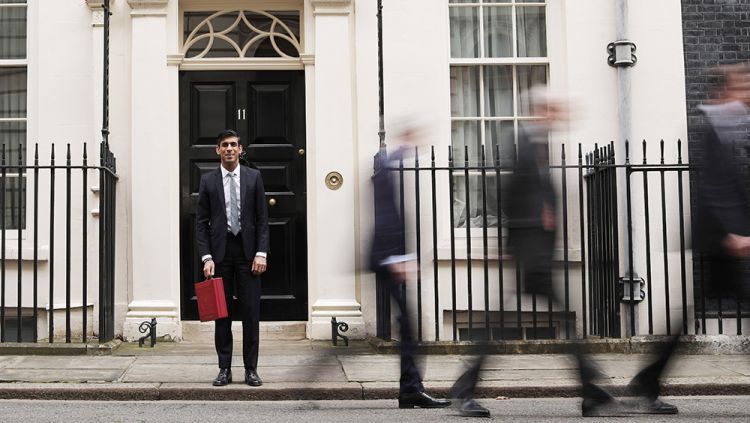The Budget was just the first step in ending austerity. Here’s what must happen next

After a gruelling decade of cuts, yesterday’s Budget brought a long overdue U-turn on public spending. With per person spending set to almost return to 2010-11 levels within a Parliament, it’s understandable that many are declaring that the age of austerity is over.
But the celebrations are sadly premature. Ending austerity isn’t as simple as “turning the taps back on.” Just as important are where the money is spent and how it’s spent.
On this question the Budget gave us little to go on. Details of departmental spending allocations will have to wait until a Comprehensive Spending Review this summer. Publication of a National Infrastructure Strategy has been deferred until spring. And the budget was silent on social care, apparently intending to enter cross party talks with a blank sheet of paper.
What signs there were pointed to more continuity than first met the eye. There was no mention of social security, which will not get a penny of the extra cash announced by the Chancellor, despite having suffered some of the largest cuts. This matters because social security is vital to addressing austerity’s damaging effects on society, such as growing child poverty and falling life expectancy.
While yesterday was an important first step, further crucial decisions will be made over the coming year. If the Government is serious about breaking with austerity its decisions will have to pass three crucial tests.
Prioritising spending where it’s needed most
First, when allocating new funding, it must prioritise repairing and restoring services that have lost out most. Ten years of cuts have hollowed out our social infrastructure and shrunk public sector capacity. Children’s centres have closed, teachers have left the profession in droves and vital services, from libraries to job centres, have disappeared.
To reverse the damage of austerity, the Government must prioritise spending where it is needed most, such as social care and local government, and do the hard work of rebuilding the services we have lost - not fritter it away on roads and tax cuts.
Stopping the leaks to the private sector
Second, the Government must stop money leaking out of the public sector to private companies.
The private sector is playing an increasing role in delivering public services. In 2017/18, NHS Clinical Commissioning Groups alone spent £8.7 billion (7.3% of their total spend) buying clinical services from private providers. For non-clinical services, such as cleaning, catering and security, the share is even higher. Social care for our elderly relatives is overwhelmingly provided by for-profit private companies, with large private equity companies having a particularly strong presence.
Unless private sector involvement in public service provision is halted and reversed, a big chunk of the new money will end up paying the six-figure salaries of company directors or being channelled to offshore tax havens as corporate profit. Making our public services more lucrative for these companies may make a trade deal with Britain more attractive to Trump, but it won’t end austerity.
Fixing public sector pay
Finally, public sector workers cannot be left behind. Public sector pay was capped until 2018 - and since then the Government have rejected the recommendations of Pay Review Bodies and left pay settlements to be funded out of already over-stretched budgets. As a result the dedicated staff who keep our public services going have seen their real-term incomes fall significantly since 2010.
Any claim that austerity is over will ring hollow until the Government restores the role and independence of Pay Review Bodies and fully funds public sector pay and pensions.
Yesterday marked a decisive turning point, in which the Government made a vital first step towards undoing some of damage it has wrought over the last ten years. But it’s far from being the end of austerity. The really crucial decisions are yet to be made.
Stay Updated
Want to hear about our latest news and blogs?
Sign up now to get it straight to your inbox
